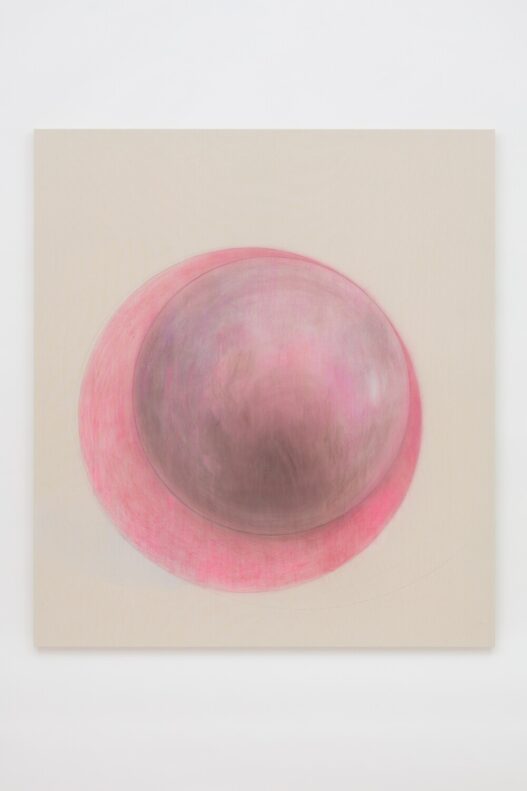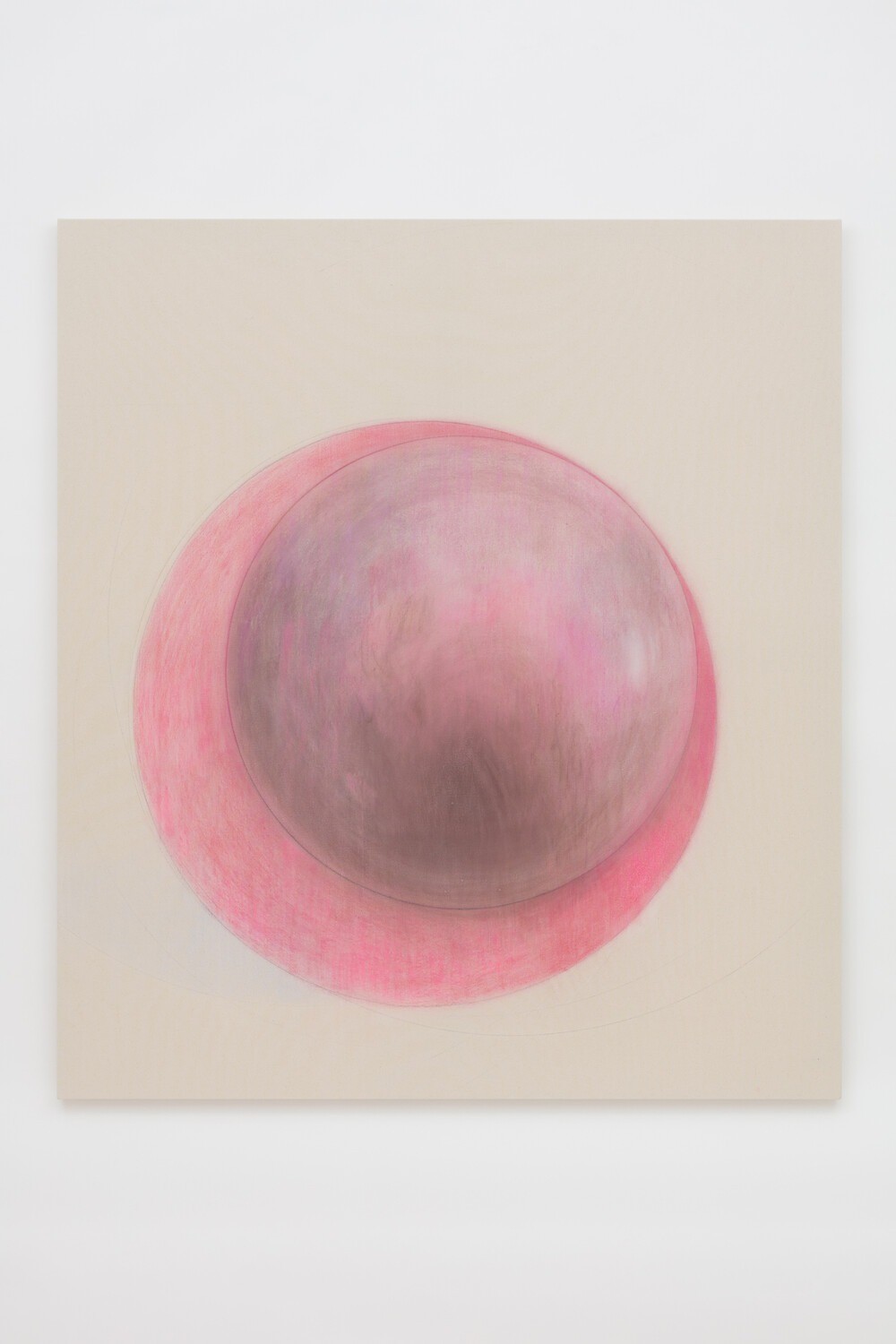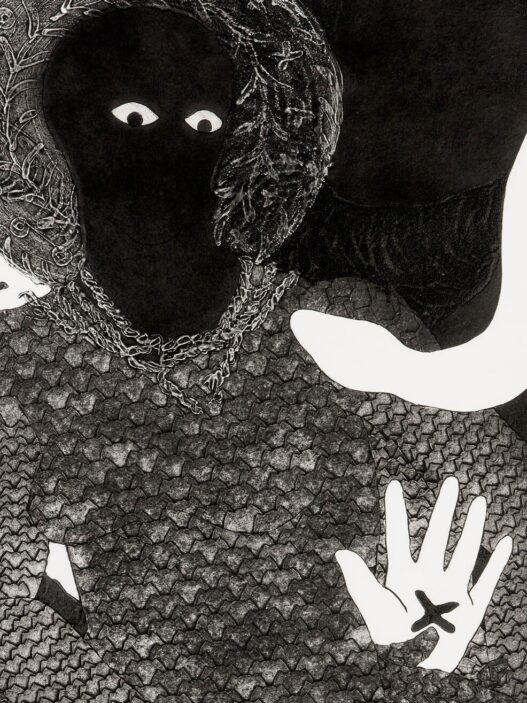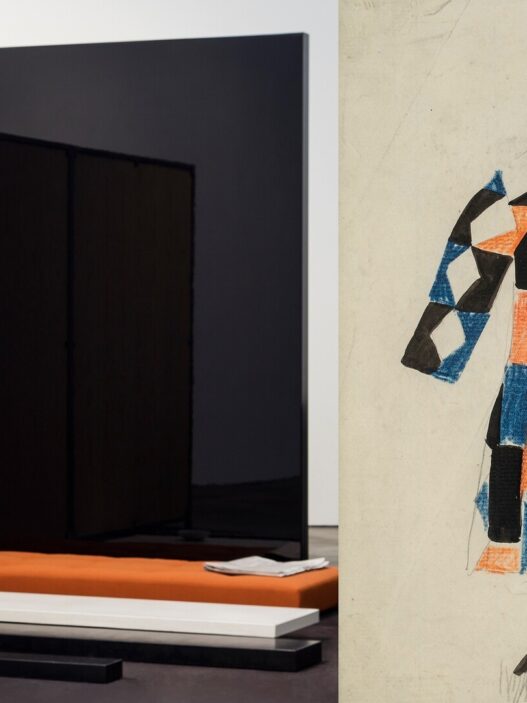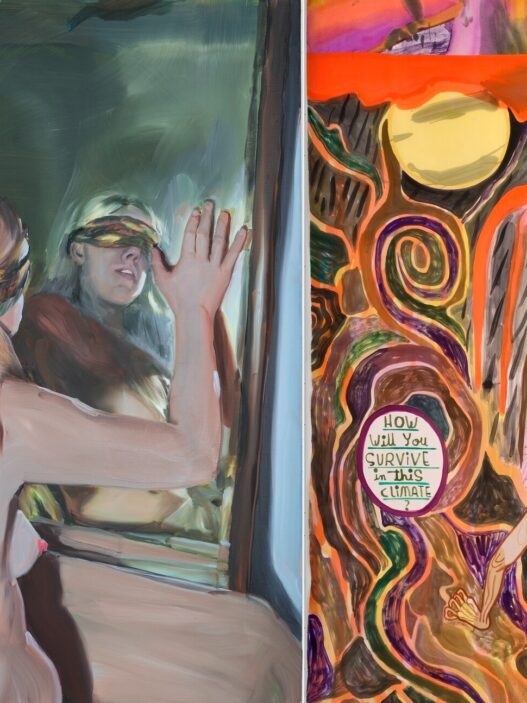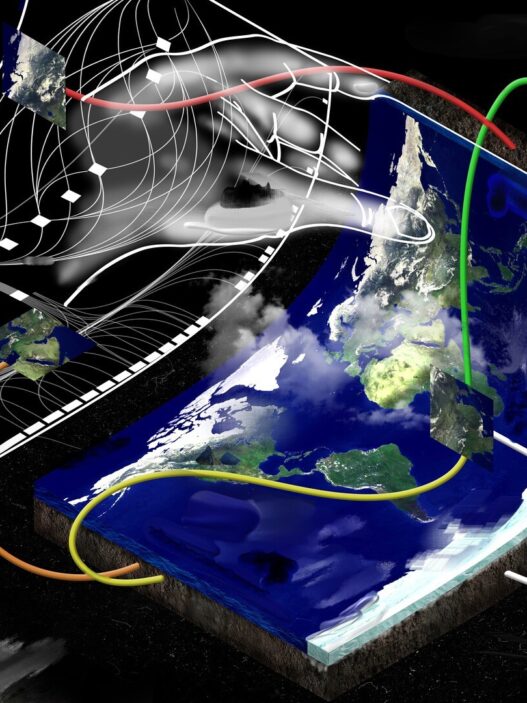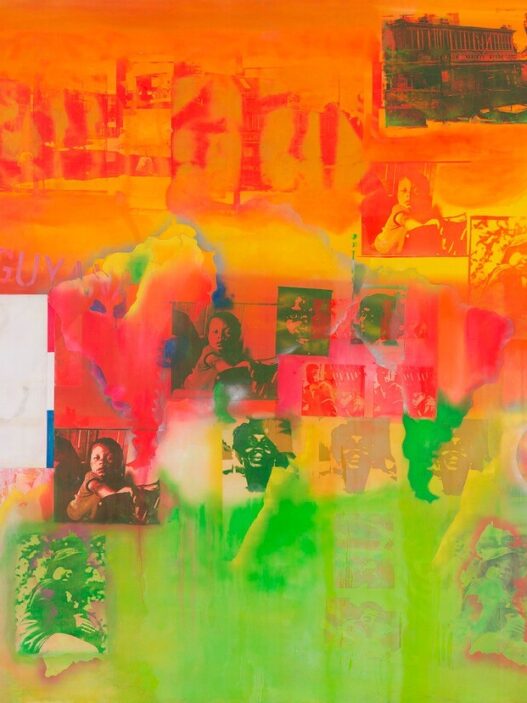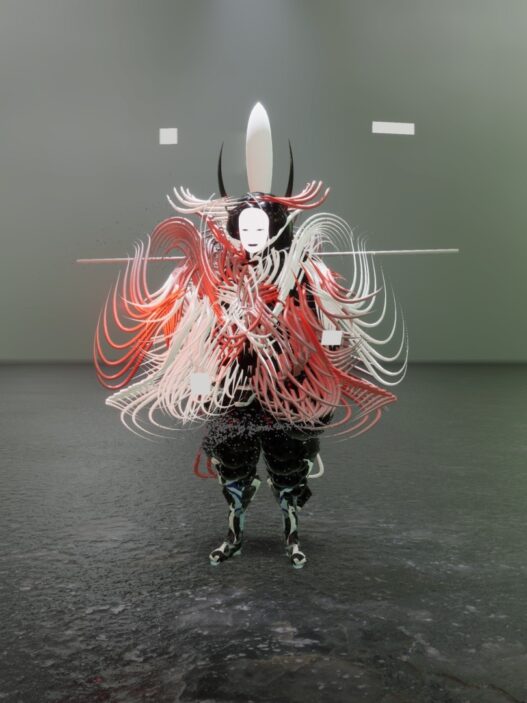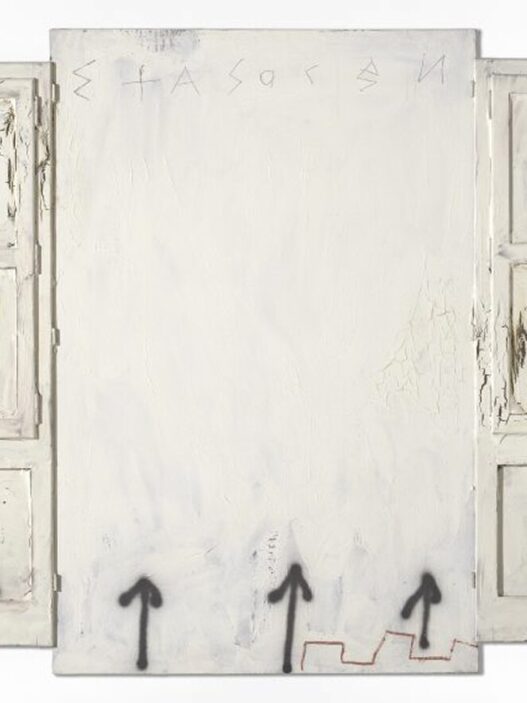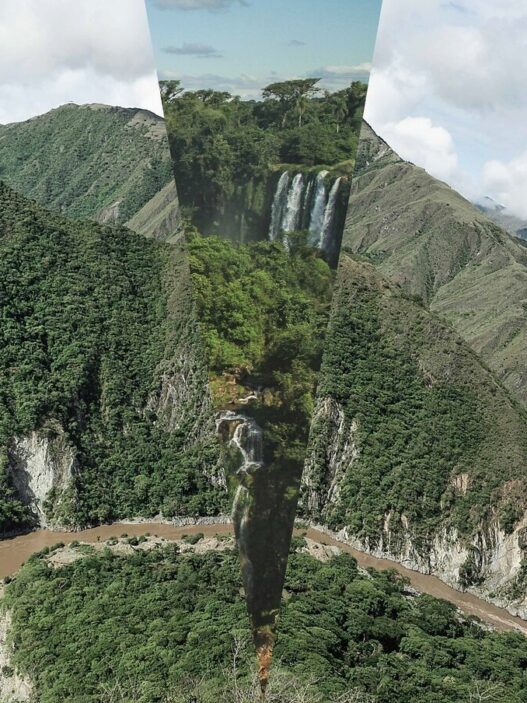October 20–November 19, 2022
Margarita Gluzberg’s latest exhibition, Proper Time, is being held at Karsten Schubert London. The works, which take the shape of a collection of large-scale drawings, feature spheres drawn in pastel and colored pencil that appear to rest lightly on the unfinished canvas ground; nonetheless, this ethereal aspect conceals the extensive physical labor and time required to create them.
Gluzberg works on several drawings at once and takes up to several months to finish each one. She adds color in layers, pressing the pastel into the surface so that gradually, volume and density emerge—a process that is almost sculptural—within the graphite boundaries of a circle. Within these straightforward geometric shapes, the artist characterizes her method as a “effort to establish an autonomous space.” By doing this, the works acquire a three-dimensionality in which the subtle distinction between flatness and volume—”a philosophical proposition”—is played out.
A recurring theme in Gluzberg’s work is the blending of the past and present as well as the period of production and recollection. This may be seen in both her installation-performance The Captive Bird Society (2009-), which revives bird singing captured in the 1910s for phonograph, and her 2019 “movie experiments” series, in which she transformed Andrei Tarkovsky’s film Stalker (1979) into drawings. Both produce powerful, layered images that simultaneously communicate the cinematic or musical arrangement of time while showing the physical act of sketching. The use of old pastels and pencils in Gluzberg’s most recent works expands on this fascination. They include an intensely pigmented 1960s American set, muted 1970s Polish sticks, and the artist’s own childhood collection. The artist conceives of this method as a kind of time-travel: individual colour choices are made intuitively, but alongside the arbitrary nature of what is available within her vintage sets.
In these pieces, the area surrounding the sphere is consistently left empty, much like a piece of paper or a page in a book. The pursuit of the ideal spatial equilibrium is a constant in the creating process. Each sphere develops its own identity over time, anchoring itself in space with erratic color combinations. However, nothing that falls within their boundaries is unfilled. These spheres are what Gluzberg refers to as “chambers” or “moments of intensity.” These are drawings that consider reality not only through their visual formal features but also in the duration of their creation, moving from flatness to dimensionality, from emptiness to density. They contemplate the characteristics of the media itself as well. As writer Tom McCarthy observed of Gluzberg’s past works in Bomb magazine, they explore “the act of making marks on paper…like a meta-commentary on drawing”. In Proper Time, Gluzberg continues to probe “the sense of what a line is”, in an expansive inquiry into representation and the negotiation of reality.
Margarita Gluzberg: Proper Time is accompanied by an exhibition booklet with an essay by Federico Campagna.
Karsten Schubert London
Room 2, 44 Lexington Street
London W1F 0LW
United Kingdom
T +44 20 7734 9002
info@karstenschubert.com
www.karstenschubert.com
Instagram









